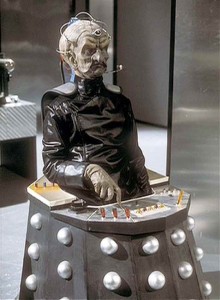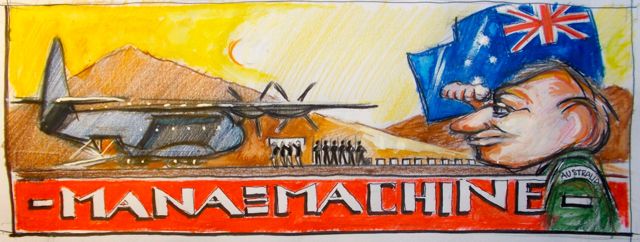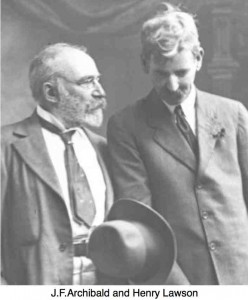Martin Flanagan asks why AFL crowds boo Adam Goodes.
Adam Goodes has had an aura of destiny about him for years. Accomplished, articulate, independent in his manner and his views, he was always going somewhere. In January, he was named Australian of the Year and last Saturday, during the biggest event on the AFL calendar, he was booed.
In the aftermath of the grand final, I saw a headline saying the AFL hasn’t done enough to stamp out racism, homophobia and sexism. The AFL can’t stamp out racism, homophobia and sexism any more than we, as a society, can stamp out burglary, murder and drunk driving. When I see claims of this sort I sniff a double standard in that it seems a higher standard is routinely demanded of sportspeople than we ask of ourselves as a nation. Never let it be forgotten that earlier this year the Australian government proposed a law that would have meant Adam Goodes could be called an ape with impunity anywhere but on an AFL playing field.
I would suggest that making any current AFL, A-league or NRL player Australian of the Year is asking for trouble. Football matches are volatile environments, volcanoes of emotion where one incident quickly melts into the next. The Goodes saga involves a number of such incidents – the 13-year-old girl who called him an ape, Eddie McGuire’s King Kong gaffe, Goodes’ refusal to accept McGuire’s apology, the way Goodes plays and the very public suggestion by Shane Warne that he stages for free kicks.
There are plenty of Aboriginal players in the AFL who aren’t booed, but the fact remains that Goodes is the one who has spoken out on Aboriginal issues, using his platform as Australian of the Year to add weight to his comments.
Earlier this year, Age sportswriter Jake Niall wrote an outstanding column in which he quoted black American conservative commentator Shelby Steele saying there are two sorts of black public figures in the US: bargainers and challengers. The bargainer, wrote Niall, “adopts a ‘go along to get along’ view”. He quoted Noel Pearson’s description of a bargainer: “I will not use America’s history of racism against you, if you promise not to use my race against me.” Barack Obama and Oprah Winfrey fit this model.
Niall wrote: “The challenger, conversely, does not let racism slide. The challenger sees racism as endemic. He does not go along to get along, and often has an angry edge.” Film-maker Spike Lee is a challenger. Goodes, it seems, is a challenger. Earlier this year, after seeing John Pilger’s film, Utopia, on the despair of a remote Aboriginal community, Goodes was clearly shocked by the lack of response to the documentary in mainstream Australia and said so.
The obvious comparison is with Michael Long. In 1995, almost wordlessly, Long took on the AFL over the issue of on-field racial abuse and delivered the AFL its Mandela moment, converting the game’s overwhelmingly white audience to the idea of dignity that he embodied.
The booing of Adam Goodes is to be regretted deeply, both for his sake and ours. White Australians can issue as many reasons as they wish as to why they don’t like Goodes, but in Aboriginal Australia there is a view that it’s because he’s spoken out on Aboriginal issues. Those claiming to boo Goodes for non-racial reasons also need to understand they are providing a cover for racists.
And so we are back at the racial divide. The mistake is to think we ever leave it.
First published by Fairfax October 2014



